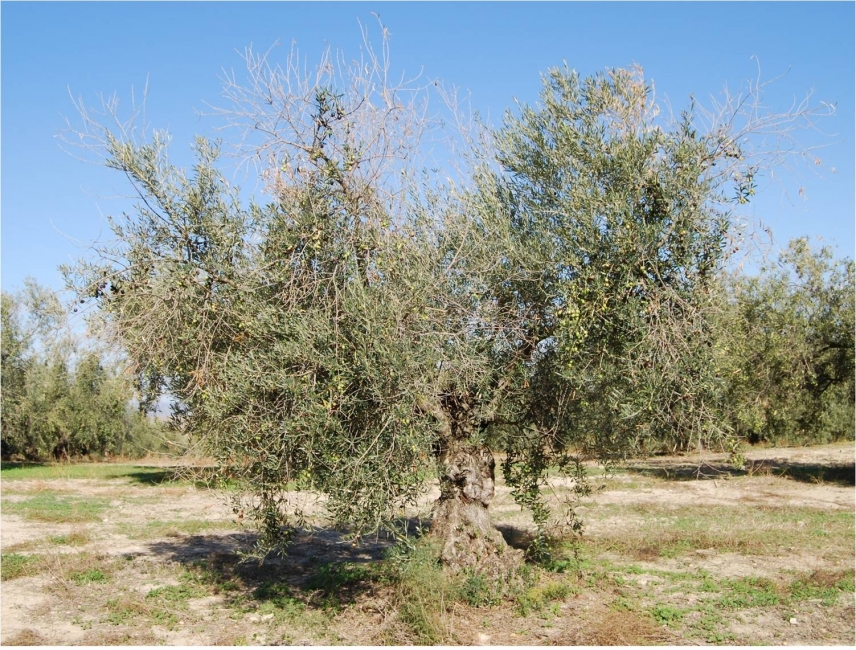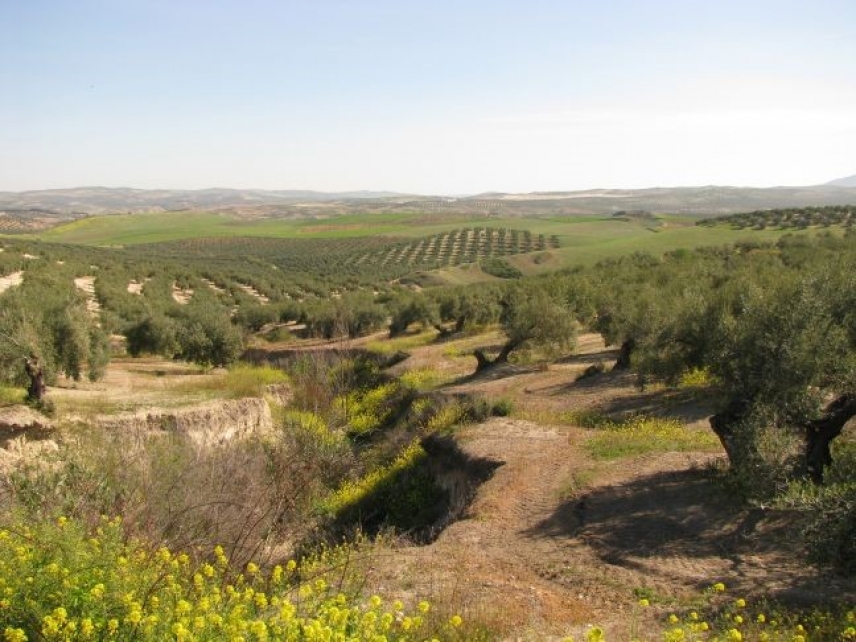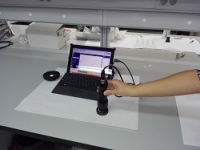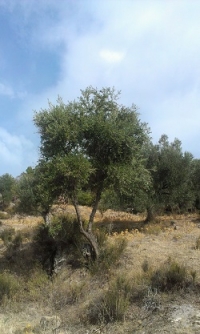Research in olive varieties steps up the fight against anthracnose
Escrito por UCC+iA study by researchers at the University of Córdoba has identified the olive varieties most resistant to an epidemic which could ruin the year’s harvest
Heavy rainfall in 1996 and 1997 provided the ideal conditions for the largest olive anthracnose epidemic recorded in recent decades, but at the same time prompted more intensive research into this pathogen.
Theeffect of rainfall and vegetation in controlling the erosion of Mediterranean cropland
Escrito por UCC+iResearchers at the University of Córdoba’s Department of Agronomy are examining the use of rainfall and plant cover as variables for predicting gully formation.
Gully formation is one the most common features of soil erosion in Mediterranean environments. Gullies – incisions or ditches produced by the action of water running over the soil surface – are mostly found in dry lands, which are naturally more sensitive to the negative impact of erosion. Gully formation is becoming a major concern for farmers in the Mediterranean area.
Diverfarming drafts the map of crop diversification in Europe
Escrito por UCC+iThe project, within the framework of the Horizon H2020 of the European Commission, has carried out a bibliographical search on the state of crop diversification in Europe.
Intercalating crops and reducing or eliminating tilling practices. That is the basis of the diversification of perennial and woody crops that predominates in Europe.
Portable NIRS sensors enable instant analysis of milk composition in individual samples
Escrito por UCC+iThis applied technology uses a portable NIRS instrument for the on-farm measurement of milk nutritional components such as fat and protein content
This technique for the instant in situ monitoring of nutrient composition in individual cow’s milk samples, which obviates the need for laboratory analysis, was developed by a research team belonging to the AGR-128 research group at the University of Córdoba Faculty of Forestry and Agricultural Engineering, headed by Professors Dolores Pérez Marín and Ana Garrido Varo. The portable equipment, which can be used anywhere, takes only tenths of a second to measure major milk components such as protein, fat and dry extract; since there is no need to send samples to a laboratory and wait for results, a considerable amount of time can be saved.
The wild olive genome accounts for high oleic acid concentrations in olives
Escrito por UCC+iAn international team including researchers from the University of Cordoba has sequenced the wild olive (oleaster) genome and identified the genetic singularities accounting for high oleic acid concentrations in the olive; their findings could be of value for plant breeding with a view to enhancing production
Monte Testaccio – an artificial mound in Rome composed of fragments of oil amphorae – provides physical proof of the importance of olive oil production around 2300 years ago. These broken shards tell the story of what might be regarded as one of mankind’s oldest industries. But there are other, much older, accounts involving oil. They were unearthed at around the same time as the fragments forming Monte Testaccio, when the 19th-century craze for archaeology led scientists to attempt to explain everything, including the past. A few kilometres further east, on the island of Crete, where Mediterranean Europe meets the Middle East, a number of tablets were found containing records on olive-growing dating back around 4500 years, in other words about a thousand years before the Genesis flood narrative, in which a dove brings back an olive branch in its beak, as proof that the waters had receded.





